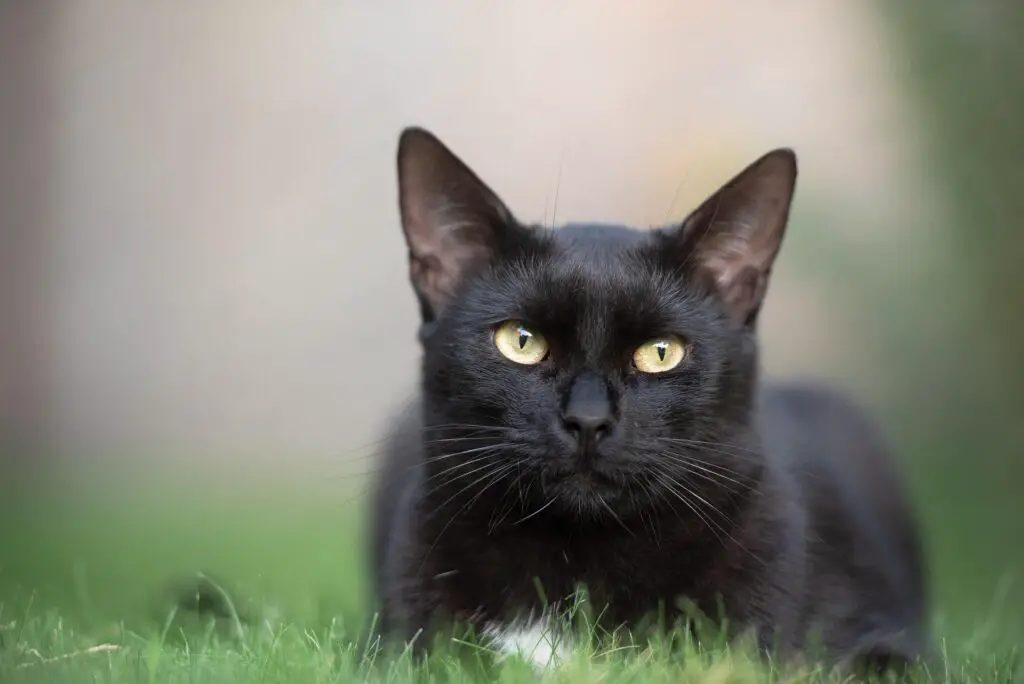
Cats have been beloved companions of humans for centuries, and their role in human culture is as fascinating as it is varied.
From ancient Egypt to modern-day internet memes, cats have played a significant role in shaping human culture and society.
In this article, we’ll take a playful and fun look at the history and cultural significance of cats, and explore the unique relationship that humans have with cats.
It’s hard to imagine a time when cats weren’t a part of human society, but it wasn’t until around 10,000 years ago that cats began to be domesticated.
The ancient Egyptians were among the first to keep cats as pets, and they held them in high esteem.
They believed that cats were sacred animals and that they had the power to protect homes from evil spirits.
The Egyptians even had a goddess of cats, Bastet, who was associated with fertility, motherhood, and protection.
The ancient Egyptians weren’t the only culture to hold cats in high regard.
Throughout history, cats have been revered for their hunting skills, their mysterious nature, and their ability to keep pests like mice and rats at bay.
In medieval Europe, cats were often kept in monasteries to help control the rodent population.
During the witch trials of the 16th and 17th centuries, cats were often associated with witchcraft, and many were unfortunately put to death.
It wasn’t until the 19th century that cats began to be seen as companions rather than just pests or protectors.
The invention of the litter box made it possible for cats to be kept indoors. Today, cats are one of the most popular pets in the world, with an estimated 500 million cats worldwide.
But it’s not just the history of cats that is fascinating, it’s also the cultural significance.
From literature and art to pop culture and internet memes, cats have played a significant role in shaping human culture.
The famous “Cheshire Cat” from Lewis Carroll’s “Alice in Wonderland” is a beloved literary character, while the “Maneki-neko,” a Japanese figurine of a cat with a raised paw, is a symbol of good luck and prosperity.
Cats have also played a significant role in the art world, from the iconic “Whistler’s Mother” painting, which features the artist’s cat sitting at the feet of his mother, to the contemporary artist, Yoshitomo Nara, who often depicts cats in his work.
In modern pop culture, cats have become a staple of the internet, with countless memes, videos, and social media posts featuring our feline friends.
From Grumpy Cat to Lil Bub, internet cats have become cultural phenomena, with some even becoming celebrities in their own right.
But despite their fascinating history and cultural significance, the relationship between cats and humans is ultimately a personal one.
For many cat lovers, it’s the bond they share with their feline friends that makes them so special.
Whether it’s the way a cat curls up on your lap, the sound of their purring, or the way they greet you at the door, there’s something about cats that just makes us feel good.
In conclusion, cats have been a beloved companion of humans for centuries, and their role in human culture is as fascinating as it is varied.
From ancient Egypt to modern-day internet memes, cats have played a significant role in shaping human culture and society.
Whether it’s their hunting skills, mysterious nature, or ability to keep pests at bay, cats have always held a special place in human hearts.
With the increasing popularity of cats as pets, it’s clear that the human-cat relationship is here to stay…
Lee Harris
Latest posts by Lee Harris (see all)
- Homemade Cat Cookies: A Purr-fect Treat for Any Occasion - February 7, 2024
- Chic Feline Elegance: Crafting a Multi-Tiered Black Cat Cake - February 6, 2024
- Purr-fectly Delicious: Black Cat-Themed Donut Delight - February 5, 2024

